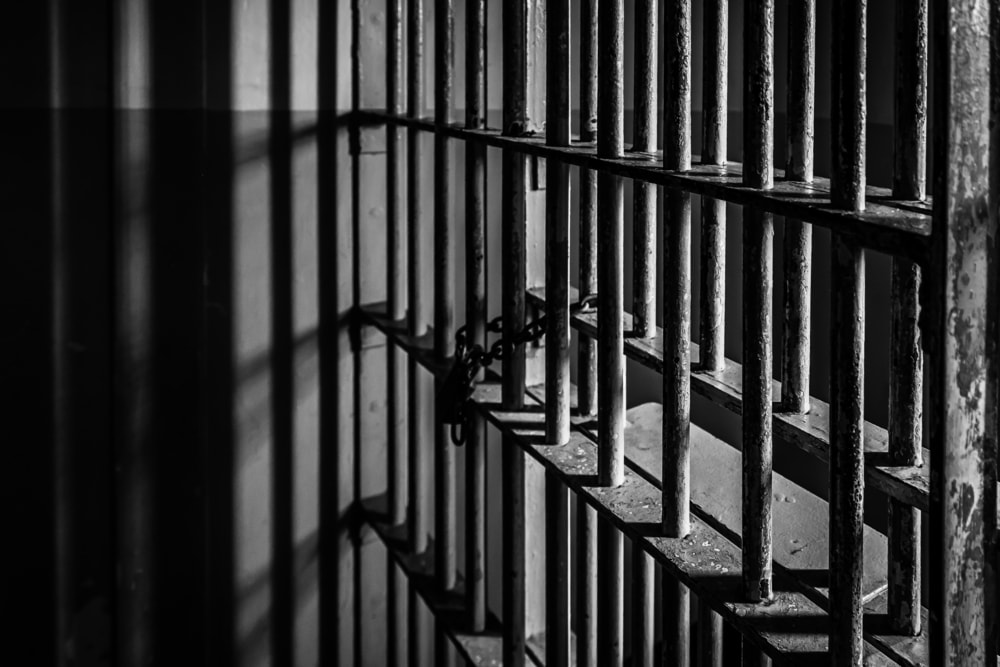Minneapolis Fed’s TBTF plan has some GSE-sized holes
The Federal Reserve Bank of Minneapolis this winter finalized its “Minneapolis Plan to End Too Big to Fail” — that is, a plan intended to end the problem of “too big to fail” financial institutions, including both banks and nonbank financial companies.
But here is something remarkable: Fannie Mae and Freddie Mac, among the most egregious cases of “too big to fail,” appear nowhere at all in the plan.
Have the Federal Reserve Bank of Minneapolis authors forgotten how Fannie and Freddie blew masses of hot air into the housing bubble, then crashed, then got a $187 billion bailout from the U.S. Treasury? Have they not noticed that Fannie and Freddie remain utterly dependent on the credit guaranty of the Treasury, remaining TBTF to the core?
Since the plan focuses on excessive leverage as the fundamental cause of “too big to fail” risk, have they not considered that Fannie and Freddie each had capital of less than zero at the end of last year, so they had infinite leverage along with their $5.4 trillion in liabilities?
Defenders of Fannie and Freddie will cry that they can’t build capital when the Treasury takes all their profits every quarter. But whoever may be to blame does not change the overwhelming fact: the government-sponsored enterprises are “too big to fail.”
The Minneapolis plan notes that, under the current regime, firms “can continue to operate under their explicit or implicit status as TBTF institutions potentially indefinitely.” This is true — and it is especially true of Fannie and Freddie. So the plan should say instead: “Under the current regime, banks and nonbank financial firms, including notably Fannie Mae and Freddie Mac with their $5 trillion in risk exposure, can continue as TBTF institutions potentially indefinitely.”
What should be done about the TBTF nonbank companies? According to the Minneapolis Fed, the answer is for the Congress to impose a “tax on leverage” that offsets the advantages of running at high leverage and low capital. This tax on leverage will apply to any company with more than $50 billion in total assets. Since Fannie has over $3 trillion of assets and Freddie over $2 trillion, it is safe to say they would qualify.
If the secretary of the Treasury certifies that the company in question does not pose systemic risk, the tax would be 1.2 percent of liabilities under the plan. It is certainly hard or impossible to imagine that any Treasury secretary could certify that Fannie and Freddie pose no systemic risk. So in their case the tax on leverage would be 2.2 percent of total liabilities — 2.2 percent of “anything other than high quality common equity.”
Among the types of firms that the plan would consider for the leverage tax are “funding corporations, real estate investment trusts, trust companies, money market mutual funds, finance companies, structured finance vehicles, broker/dealers, investment funds and hedge funds.” Again, and amazingly, Fannie and Freddie are not on the list.
But if this proposal applies to any these entities, or indeed to anybody at all, it certainly applies to Fannie and Freddie. That is especially true since the market arbitrages across capital requirements of different financial institutions. It sends mortgages to Fannie and Freddie, not because they are most skilled at managing risk, but rather because they have the highest leverage. This was true even before they crashed, since Fannie and Freddie had charters granting them far greater leverage than any other financial institutions.
We’ve calculated how much the proposed Minneapolis tax on leverage would cost these financial behemoths. For Fannie, total liabilities are $ 3.35 trillion, so the annual tax would be 2.2 percent times that, or $74 billion. Fannie’s profit before tax for the year 2017 was $18.4 billion, so the tax in the size proposed by the Minneapolis Plan would be four times Fannie’s total pretax profit.
For Freddie, the corresponding numbers are liabilities of $2.05 trillion and a leverage tax of $45 billion, which would be 2.7 times its 2017 pretax profit.
In short, instead of paying about 100 percent of their profits to the Treasury, Fannie and Freddie together would pay Treasury well over 300 percent of their profits. This would obviously cause them to operate at a huge pro forma loss.
As a first step, we make the much more modest proposal that Fannie and Freddie should be required to pay the Treasury for its credit support, which makes their existence possible, an annual fee of 0.15 percent to 0.20 percent. Such a fee would be consistent with what undercapitalized banks must pay for a government guarantee from the Federal Deposit Insurance Corp., which is also assessed on their total liabilities. Fannie and Freddie’s effective, though not explicit, guarantee from the Treasury is extremely valuable and should be paid for, without question. As is the intent of the Minneapolis plan, charging a fair price for it would significantly reduce the capital arbitrage the GSEs exploit, reduce the distortions and vulnerabilities they introduce into the mortgage market and reduce the massive taxpayer subsidies they have heretofore enjoyed.
As the foremost “too big to fail” institutions in the country — indeed, in the world — Fannie and Freddie must be included in any TBTF reform plan that is to be taken seriously.
Image by Leremy






